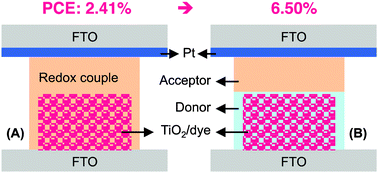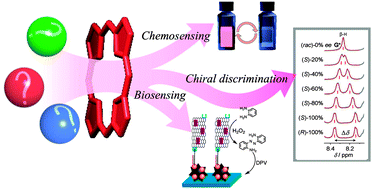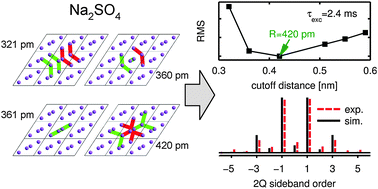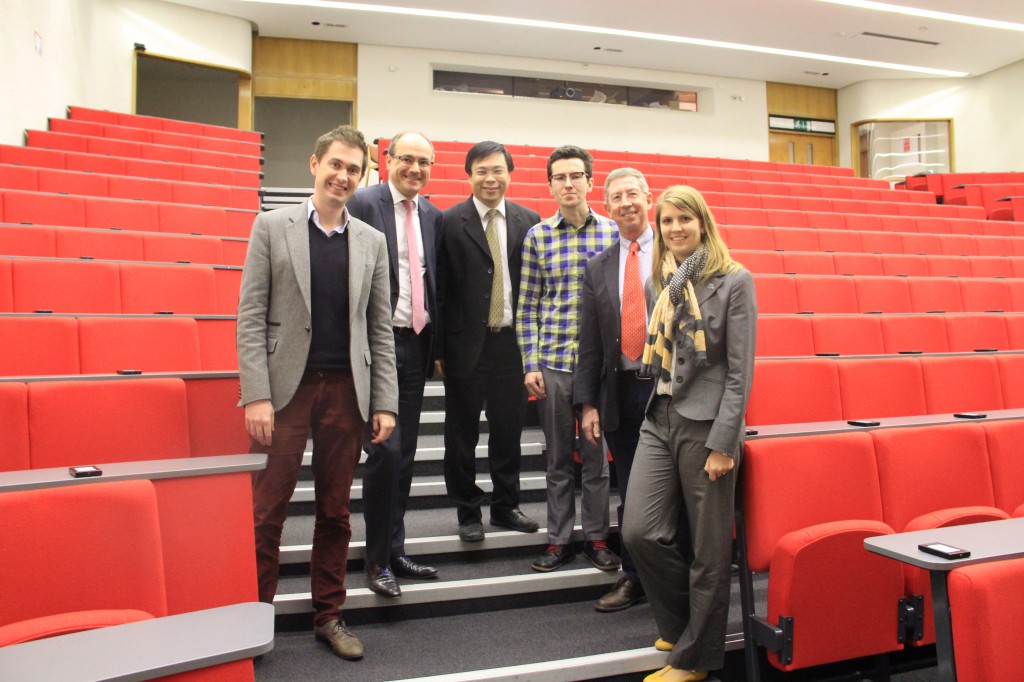
Faraday Discussions Award winners, from left to right, Dr Andrew Goodwin, Professor Bert Weckhuysen, Professor Shik Chi (Edman)Tsang, Aron Walsh, Professor Geoff Thornton, representing the Faraday Division President, Alisa Becker, RSC Programme Manager, Physical Sciences, Secretary to the Faraday Division
Written by Sarah Thirkell, Development Editor
PCCP Advisory Board member Professor Bert Weckhuysen was among the 2013 RSC Prize and Award winners honoured at a symposium held by the Faraday Division on 26 February 2014 at University College London (UCL).
The Faraday Division presented four RSC Prizes and Awards:
• Professor Bert Weckhuysen (Utrecht University) – the Bourke award
• Dr Andrew Goodwin (University of Oxford) – the Marlow award
• Professor Shik Chi (Edman) Tsang (University of Oxford) – the Surfaces and Interfaces award
• Dr Aron Walsh (University of Bath) – the Harrison-Meldola memorial prize
Professor Weckhuysen also serves as an Advisory Board member for Chemical Society Reviews, while Dr Aron Walsh is the current winner of the Journal of Materials Chemistry A Emerging Investigator award.
The four honourees gave excellent presentations about their research before being awarded a medal and certificate by Professor Geoff Thornton, on behalf of the President of the Faraday Division.
You may be interested in reading a selection of these award winners’ recent publications:
Structural investigation of a hydrogen bond order–disorder transition in a polar one-dimensional confined ice
Jaspar Adamson, Nicholas P. Funnell, Amber L. Thompson and Andrew L. Goodwin
Phys. Chem. Chem. Phys. 2014, 16, 2654-2659 DOI: 10.1039/C3CP53994F
Geometric switching of linear to area negative thermal expansion in uniaxial metal–organic frameworks
Ines E. Collings, Matthew G. Tucker, David A. Keen and Andrew L. Goodwin
CrystEngComm, 2014, Advance Article DOI: 10.1039/C3CE42165A
Recent advances in secondary ion mass spectrometry of solid acid catalysts: large zeolite crystals under bombardment
Jan P. Hofmann, Marcus Rohnke and Bert M. Weckhuysen
Phys. Chem. Chem. Phys. 2014, 16, 5465-5474 DOI: 10.1039/C3CP54337D
Transition metal-catalyzed oxidative double bond cleavage of simple and bio-derived alkenes and unsaturated fatty acids
Peter Spannring, Pieter C. A. Bruijnincx, Bert Weckhuysen and Bert Klein Gebbink
Catal. Sci. Technol. 2014, Accepted Manuscript, DOI: 10.1039/C3CY01095C
Hydrogenolysis of ethylene glycol to methanol over modified RANEY® catalysts
Cheng-Tar Wu, Jin Qu, Joseph Elliot, Kai Man Kerry Yu and Shik Chi Edman Tsang
Phys. Chem. Chem. Phys. 2013, 15, 9043-9050 DOI: 10.1039/C3CP51619A
Palladium on iron oxide nanoparticles: the morphological effect of the support in glycerol hydrogenolysis
Junwei Ge, Ziyan Zeng, Fenglin Liao, Weiran Zheng, Xinlin Hong and Shik Edman Tsang
Green Chem. 2013, 15, 2064-2069 DOI: 10.1039/C3GC40712H
Computational screening of structural and compositional factors for electrically conductive coordination polymers
Davide Tiana, Christopher H. Hendon, Aron Walsh and Thomas P. Vaid
Phys. Chem. Chem. Phys. 2014, Advanced Article DOI: 10.1039/C3CP00008K
Conductive metal–organic frameworks and networks: fact or fantasy?
Christopher H. Hendon, Davide Tiana and Aron Walsh
Phys. Chem. Chem. Phys., 2012, 14, 13120-13132 DOI: 10.1039/C2CP41099K
Comments Off on Faraday Discussions Award Symposium – University College London, February 2014


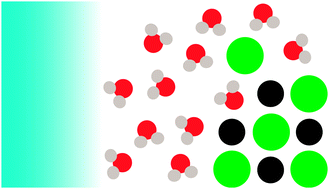
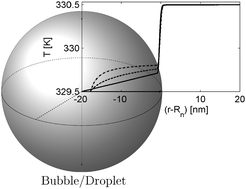









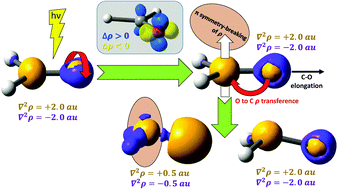
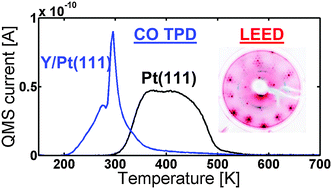
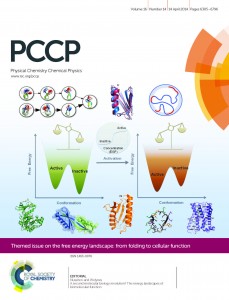
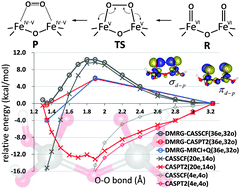
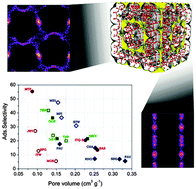
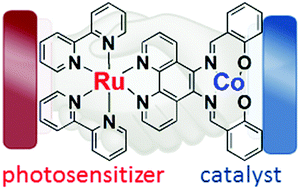
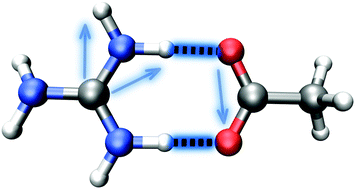

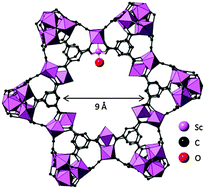
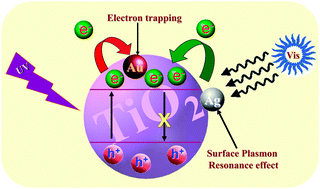
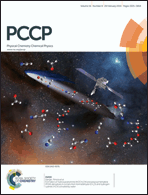 PCCP is delighted to present an excellent collection of articles on the theme of
PCCP is delighted to present an excellent collection of articles on the theme of 
